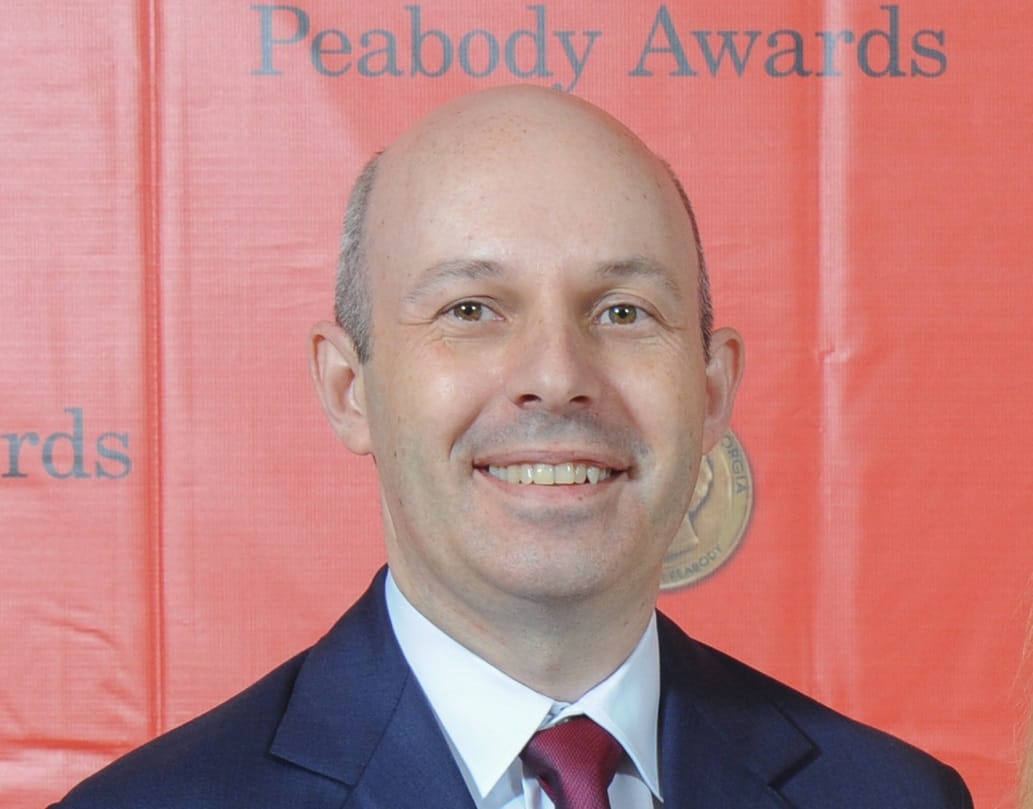In Google v. Oracle, Supreme Court Hears Landmark Fair Use Case on Software Copyright
October 12, 2020 – The Supreme Court on Wednesday publicly struggled with the copyrightability of software in a uniquely contested case between Google and Oracle, the outcome of which could play a significant role in the future of software development in the United States. The oral arguments were th










Member discussion